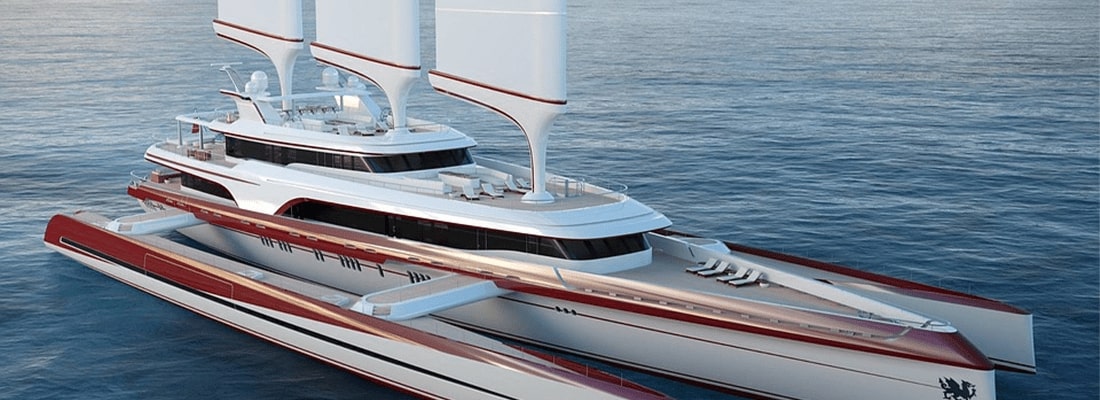When it comes to leisure purchases, superyachts take the cake. And in line with their size, the business around them and the thousands of families that are supported by these investments made by wealthy individuals is equally unrivalled. This economic impact also extends to the regions and communities they visit. But while their economic benefit may be unquestionable, their environmental impact is less-than-stellar and must be addressed sooner rather than later.
A unique position
With affluent clientele and a unique connection with the ocean, the superyacht industry is in a unique position to make a difference. Each new superyacht can be a platform for innovation, embracing cutting-edge technologies and integrating various high-tech systems. This provides an opportunity for designers, shipyards and suppliers to push the perimeter of innovation one notch further, creating ever more advanced yachts.
Some clients even provide a special budget for research and development, resulting in new technology and custom solutions for their new superyacht. This increases the potential for each new order to surpass the technology of the previous delivery, pushing the boundaries even further. Additionally, the fleet of existing superyachts is regularly updated by their committed owners through extensive refit work – an opportunity to install new technology, future-proofing, and reducing their footprint.
Yet, despite the unique position the industry finds itself in, sustainability efforts like those mentioned above are exceptions to the norm. This is something that should be improved, especially since the technology that would allow the industry to reduce its footprint has often already been developed.
Collaboration is key
Water Revolution Foundation was established with collaboration in mind. Its role is to equip the industry with tools and solutions to accelerate sustainability and reduce the ecological footprint of superyachts.
An in-development assessment tool will be able to function as a decision support system, taking the creation of a superyacht to a whole new level. Being able to scientifically assess a yacht’s life cycle will provide crucial insights on where and how its footprint can be reduced. These insights will also significantly enhance client conversations when designing the yacht and going through the specifications. In fact, it is often the lack of verification of systems or their long-term benefits that results in choices for conventional technology.
And in the spirit of sharing, this collaborative work has the potential to make a positive difference in the wider maritime industry. Just like the innovations developed by Formula 1 that trickle down to the car industry, so too can superyachts innovate for the marine leisure and shipping industries, leading the maritime industry towards a more sustainable future.
The economic impact of superyachts the regions they visit is already tremendous. Now, as an industry, we must collaborate to significantly reduce our environmental impact. After all, don’t we want superyachts to be truly ‘super’?
Text: Robert van Tol/Water Revolution Foundation

